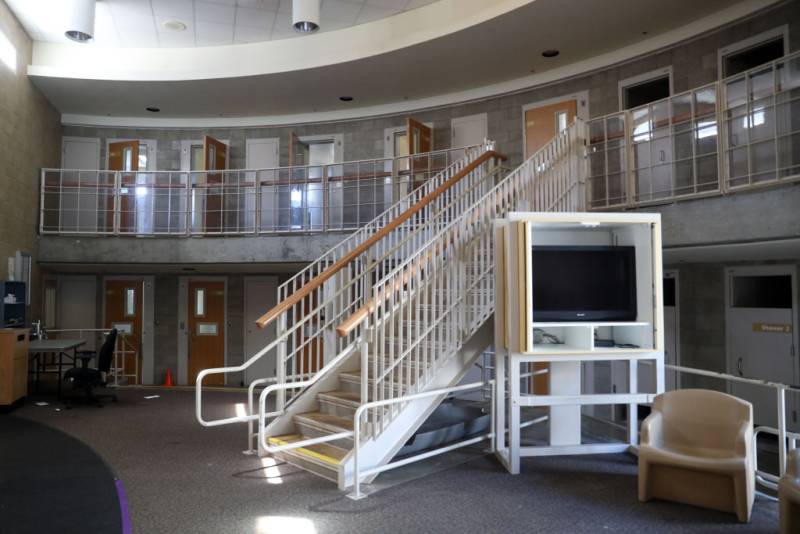In just four months, California will shutter its remaining state-run juvenile lockups and send the estimated 170 young people still incarcerated there back to their home counties, where they will complete their sentences in local juvenile halls or other county-run programs.
But county officials are ringing alarm bells, saying they need more state resources and support to successfully integrate these youths into their local systems. The young people coming back from the Division of Juvenile Justice are serving sentences for violent crimes — murders, rapes, assaults — and can be far older than other young people in county systems.
Probation agencies oversee county juvenile justice systems around the state.
Lassen County Probation Chief Jennifer Branning is president of the Chief Probation Officers of California, which advocates on the organization’s behalf in the state Capitol.
Branning sees a lot of opportunity ahead, she said, but it’s going to take work — and look different in every one of the state’s 58 counties.
“We’ve been doing this,” she said of local probation departments serving young offenders. “We know how to do this. We know how to provide services. We know what services these kids need. We’re really good at it. We just need the support to continue doing it.”
The planned June 30 closure of the Division of Juvenile Justice will cap a years-long reform effort centered on the idea that young offenders will do better closer to home and in less institutional settings. California’s reforms have coincided with a dramatic drop in youth crime nationwide that’s left many juvenile halls nearly empty.


